Table of content
Steaming frozen buns to perfection is a culinary skill that bridges convenience and tradition. Whether you’re a busy parent, a college student craving a quick meal, or a home cook exploring frozen foods, understanding the nuances of steaming frozen buns ensures a delightful dining experience. This article delves into the science, techniques, and practical tips to answer the age-old question: How long should you steam frozen buns to achieve that soft, fluffy texture and mouthwatering flavor?
The Science Behind Steaming Frozen Buns
Steaming is a gentle cooking method that uses vaporized water to transfer heat evenly to food. Unlike boiling or frying, steaming preserves moisture, nutrients, and texture—making it ideal for delicate items like buns. Frozen buns, however, present a unique challenge: their icy core must thaw and cook uniformly without becoming soggy, dense, or undercooked.
The key to success lies in balancing time and temperature. Frozen buns require sufficient heat to raise their internal temperature from sub-zero to above 75°C (167°F), the point at which starches gelatinize and proteins coagulate, creating that signature softness. Oversteaming risks waterlogging, while understeaming leaves a raw, doughy center.
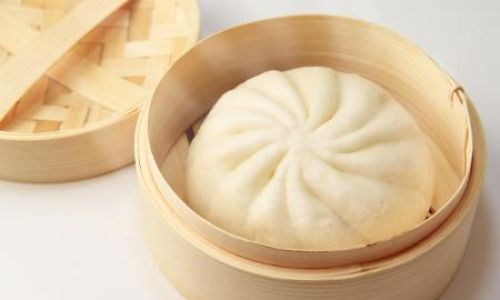
Factors Influencing Steaming Time
The ideal steaming duration for frozen buns varies based on several variables. Mastering these factors ensures consistent results:
Size and Type of Buns
- Small Buns (e.g., steamed pork buns, mantou): These typically require 8–12 minutes of steaming. Their compact size allows rapid heat penetration.
- Medium Buns (e.g., char siu bao, vegetable buns): Allocate 12–15 minutes. Larger fillings or thicker dough may need extra time.
- Large or Stuffed Buns (e.g., bao zi with meat or custard): Steaming for 15–20 minutes ensures the filling and dough cook thoroughly.
Note: Stuffed buns with dense fillings (e.g., red bean paste) may require 1–2 additional minutes to heat the filling without burning the dough.
Steamer Equipment
- Bamboo Steamers: These traditional tools retain heat well but may need 1–2 extra minutes due to slight heat loss when lifting the lid.
- Metal Steamers: Conduct heat efficiently, often reducing cooking time by 1–2 minutes.
- Electric Steamers: Programmable settings automate timing, though manual adjustment may still be needed based on bun size.
Pro Tip: Always preheat the steamer until water boils vigorously before placing the buns. This jumpstarts the cooking process.
Altitude and Humidity
At high altitudes (above 3,000 feet), water boils at lower temperatures, extending steaming time by 2–5 minutes. Conversely, humid environments may shorten cooking slightly, as ambient moisture aids dough hydration.
Freezing Method
Buns frozen individually (not clumped) cook faster, as ice crystals are smaller and thaw uniformly. Clustered buns may require gentle prying apart mid-steam to ensure even heating.
Step-by-Step Guide to Steaming Frozen Buns
Step 1: Preparation
- Do Not Thaw: Avoid defrosting buns, as this leads to sogginess. Steam directly from frozen.
- Line the Steamer: Use parchment paper or cabbage leaves to prevent sticking. Avoid plastic liners, which may melt.
- Arrange Buns: Space them 1–2 inches apart to allow steam circulation. Overcrowding causes uneven cooking.
Step 2: Steaming Process
- Bring Water to a Rolling Boil: Fill the steamer with 2–3 inches of water. High heat ensures rapid vaporization.
- Place Buns in Steamer: Cover immediately to trap heat.
- Set a Timer: Refer to the size-based guidelines above. Avoid peeking, as heat escapes and prolongs cooking.
Step 3: Post-Steaming Care
- Let Them Rest: After steaming, turn off the heat and let buns sit covered for 2–3 minutes. This redistributes moisture, preventing collapse.
- Serve Immediately: Frozen buns are best enjoyed hot. Leftovers can be refrigerated for 2–3 days and reheated by steaming for 3–5 minutes.
Common Mistakes and How to Avoid Them
-
Using Cold Water to Start:
Mistake: Adding buns before water boils.
Fix: Always wait for a rolling boil to ensure quick temperature rise. -
Oversteaming:
Mistake: Leaving buns in the steamer past the recommended time.
Fix: Set a timer and check one bun by slicing it open—the dough should be springy, not gummy. -
Understeaming:
Mistake: Assuming frozen buns cook like fresh ones.
Fix: Add 50% more time than fresh buns. -
Opening the Lid Frequently:
Mistake: Checking progress mid-steam.
Fix: Use a glass lid (if available) or trust the timer. -
Ignoring Steamer Maintenance:
Mistake: Using a steamer with mineral deposits or old liners.
Fix: Clean steamers regularly and replace liners to prevent sticking.
Advanced Tips for Perfect Buns
-
Adjust for Fillings:
- Meat-filled buns may need an extra minute to ensure the filling is heated through.
- Custard or sweet bean paste buns require careful timing to avoid filling overflow.
-
Use a Thermometer:
Insert an instant-read thermometer into the thickest part of the bun—it should read at least 75°C (167°F).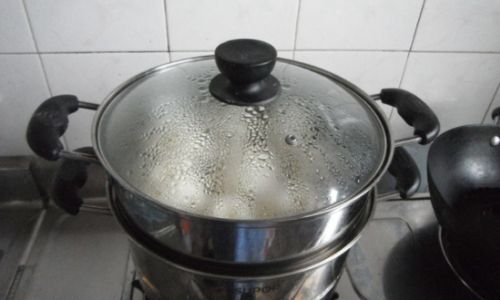
-
Ice Bath Test (for professionals):
For commercial kitchens, test frozen buns by steaming, then chilling one in an ice bath. Slice to check for even cooking. -
Batch Cooking:
When steaming multiple batches, refresh the water and bring it back to a boil between batches to maintain temperature.
Troubleshooting Guide
| Issue | Cause | Solution |
|---|---|---|
| Soggy Bottoms | Excess condensation dripping | Use a cloth under the lid to absorb moisture. |
| Uneven Cooking | Overcrowding the steamer | Steam in smaller batches with spacing. |
| Dense Texture | Oversteaming or low-quality flour | Reduce time by 2 minutes; use bread flour for better gluten structure. |
| Sticking to the Steamer | Inadequate lining | Use parchment paper or reapply oil. |
Cultural Context and Variations
Steamed buns, or baozi, hold cultural significance in Chinese, Korean, and Japanese cuisines. Variations like nikuman (Japan), bbang (Korea), and pau (Malaysia) all rely on precise steaming. In modern times, frozen buns have democratized this tradition, allowing global access to authentic flavors.
FAQs About Steaming Frozen Buns
Q1: Can I steam frozen buns in a microwave?
A: Microwaves can heat buns but often result in tough, unevenly cooked textures. Steaming is preferred for quality.
Q2: How do I reheat leftover steamed buns?
A: Steam for 3–5 minutes or wrap in a damp paper towel and microwave for 20–30 seconds.
Q3: Can I steam buns from partially frozen?
A: Yes, but adjust time slightly—reduce by 1–2 minutes.
Q4: Why do my buns sometimes collapse after steaming?
A: Sudden temperature changes cause collapse. Avoid opening the lid immediately after steaming.
Q5: Is it safe to eat slightly undercooked buns?
A: No. Undercooked dough may harbor harmful bacteria. Always ensure internal temperature exceeds 75°C (167°F).
Conclusion
Steaming frozen buns to perfection is an art that combines patience, technique, and attention to detail. By understanding the interplay of size, equipment, and environmental factors, you can transform a simple frozen product into a culinary masterpiece. Whether you’re savoring a classic pork bun or a modern vegan twist, the principles outlined here guarantee results that rival any street-side vendor or grandma’s kitchen. So fire up your steamer, set your timer, and enjoy the satisfying reward of a perfectly steamed bun—every single time.
Final Tip: Experiment with dipping sauces like soy vinegar, chili oil, or hoisin to elevate your steamed bun experience. After all, cooking is as much about creativity as it is about precision!
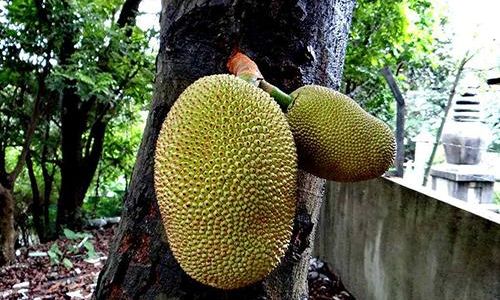
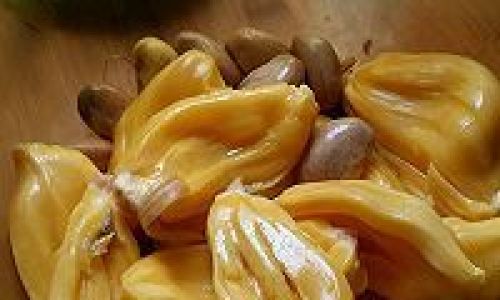
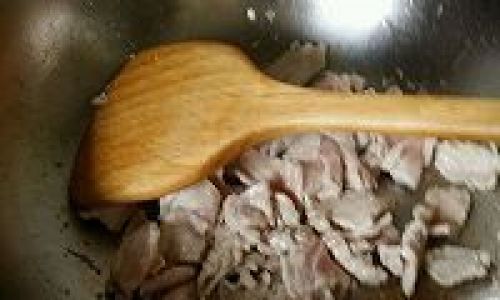


0 comments